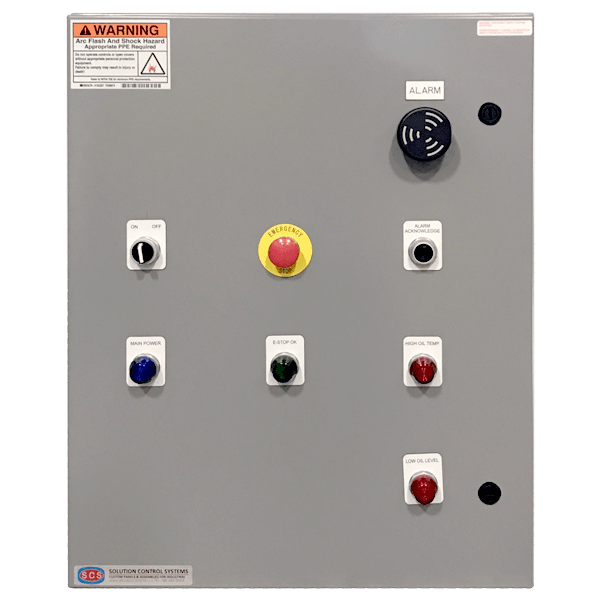8 Quick Tips for Building Custom Control Panels

Custom control panels are indispensable in various industries. They offer tailor-made solutions for managing and regulating electrical systems efficiently. Whether you’re overseeing a manufacturing plant, a wastewater treatment facility, or an automotive assembly line, the construction of custom control panels can significantly streamline operations and enhance productivity.
Below, we explore eight quick tips to consider when building custom control panels, with a particular focus on PLC panels:
- Understanding Your Requirements: Before beginning the design and construction phase, you must grasp your specific needs and objectives. Consider factors such as the intended application, the complexity of the control system, and any unique features or functionalities required.
- Choosing the Right Components: It is important to select appropriate components to construct a reliable and efficient custom control panel. Opt for high-quality PLC panels, switches, relays, circuit breakers, and other control devices that align with your specifications and performance criteria.
- Planning for Expansion: During the design phase of custom control panels, anticipate future growth and potential changes in your operations. Integrate flexibility and scalability into your design to accommodate additional equipment, processes, or functionalities as your needs evolve.
- Prioritizing Safety: Safety should always be a top priority when building custom control panels. Ensure that your panels adhere to relevant safety standards and regulations. To mitigate risks, incorporate safety features such as emergency stop buttons, protective enclosures, and circuit protection devices.
- Optimizing Wiring and Layout: Proper wiring and layout are critical for the efficient functioning of custom control panels. Carefully plan the design to minimize cable runs, reduce the risk of interference or signal loss, and facilitate easy troubleshooting and maintenance.
- Labelling and Documentation: Clear labelling of all components, wires, and terminals within the control panel is essential for easy identification and troubleshooting. To assist maintenance personnel and operators, comprehensively document the wiring diagrams, schematics, and operating procedures.
- Testing and Validation: Before deployment, it’s imperative to thoroughly test the custom control panels to ensure proper functionality and reliability. Perform rigorous functional tests, simulate real-world scenarios, and verify that all control devices operate as intended.
- Personnel Training: Provide comprehensive training to operators, maintenance personnel, and other relevant staff members on the operation, maintenance, and troubleshooting of custom control panels. Ensure that they are well-versed in the safe and effective use of the panels to maximize productivity and minimize downtime.
Conclusion
Constructing custom control panels demands meticulous planning, attention to detail, and adherence to safety standards. By understanding your requirements, selecting the right components, planning for future expansion, prioritizing safety, optimizing wiring and layout, labelling and documenting effectively, conducting thorough testing, and providing adequate personnel training, you can develop custom control panels that meet your specific needs and contribute to the success of your operations.
